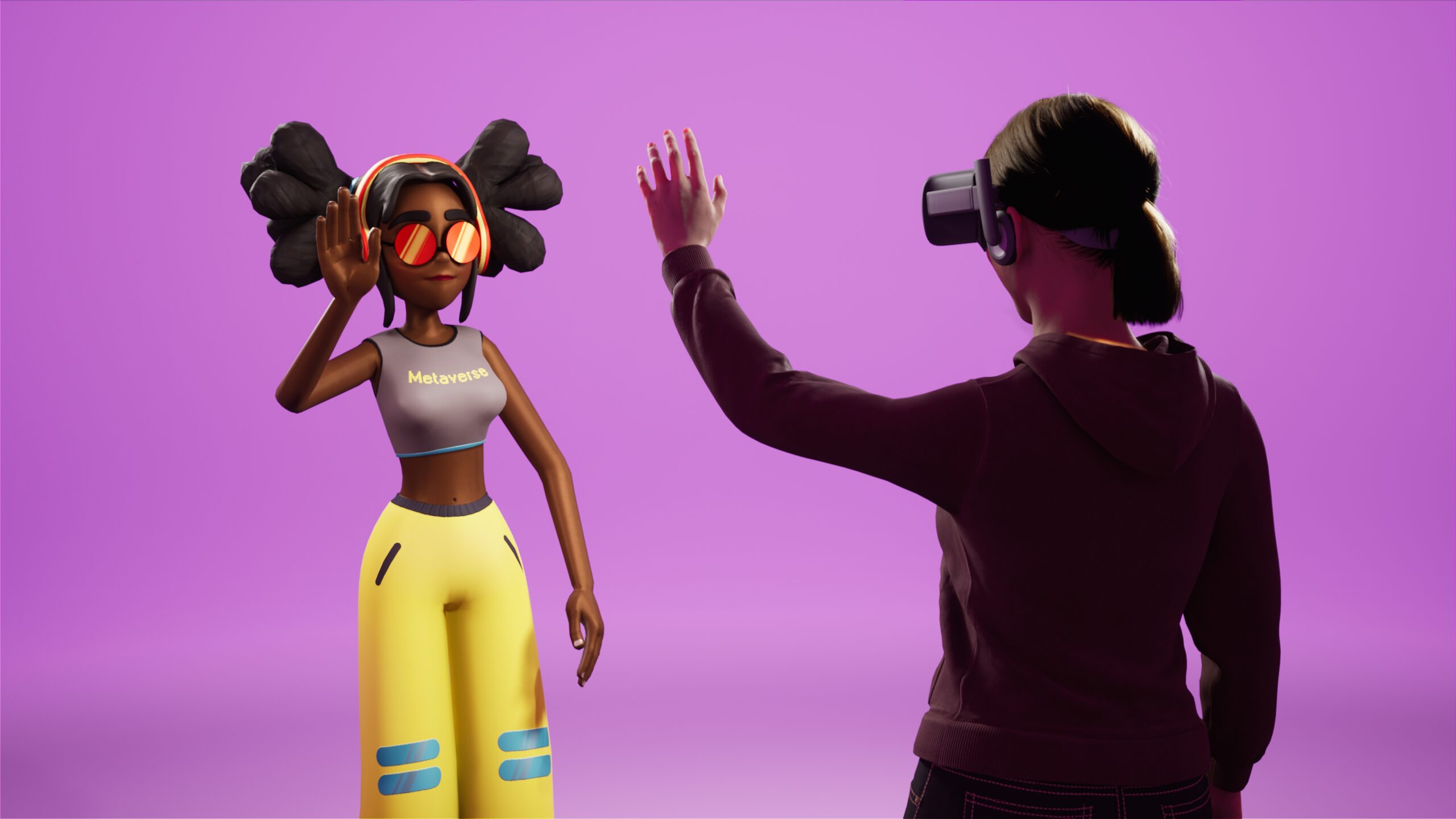Here’s a statistic less shocking than it is stark: over 90% of Gen Z and Gen Alpha are engaging with video games. Not just playing, but engaging. So they might be flicking the controls themselves, but they’re also watching, taking part in online communities, listening to gaming podcasts, and attending events. Backing this up — a recent Newzoo report finds 74% of players are no longer gaming just to play.
So it’s no longer a pastime or a fringe experience, but a prevalent slice of the global zeitgeist. 2.5 billion people are playing games across the globe, and across all demographics. A big chunk of these are part of the youth market.
Suffice to say, then, that the gaming sphere is not only a social phenomena — it’s also a massive opportunity for marketers from youth-oriented brands. So, is the education sector listening? It should be. Here’s what we’ve learned:
Twitch is the burgeoning advertising opportunity in gaming. It is — alongside the original staple, YouTube — centre stage for influencers to reach their blossoming communities. With around 30m daily visitors, over 60% of which are in the 13-24 age demographic, it’s no wonder we’ve seen big traction on intelligently placed ad campaigns across the platform. Our work on Twitch has spanned influencer marketing, branded content and video/banner ads of multiple formats. For select client courses, this platform provides access to an exciting and evolving youth audience, with high engagement rates and a strong route to conversion.
Influencer marketing dominates: With so many young people actively watching and engaging with professional or amateur gamers, there’s big scope to market through them and gain a new intent audience. All it takes is the right partnership with a relevant player, and your brand can boost in a big way. There’s fierce competition though, so education providers need to do their research and make sure their promotions match the tone/content of the influencer in question.
Display spots have merit: We’ve seen that first hand. Appearing alongside a highly-relevant stream with bright, dynamic content can draw the attention of viewers and prompt click throughs to a landing page. We’ve found that, often, viewers wait for the stream to finish before then exploring the tab. One stream we ran an ad on had 300,000 viewers at its peak, and there were over 2,500 clicks on our client’s display spot.
Other format findings: Almost half of the engagement with gaming streams we’ve seen has been through mobile users. Mobile is, understandably, huge for the gaming industry, as is video. The more dynamic you can make your ads, the more likely people are to notice them on streams.
Content: All aforementioned platforms and spaces are touchpoints to reach young people with relevant content. It might be about gaming itself, or it might be about pertinent content such as computing, coding, data analysis, analytical thinking, teamwork. The list goes on.
Brand Integrity & Inclusivity: As we’ve seen — gaming is for everyone. Today, 45% of gamers are women and girls. There are different levels of income, different game genres, different streamer niches. Marketers tend to go granular, but the gaming industry involves everyone. Ensuring your creative (and partnerships) are welcoming brand identity, you will attract more attention, and foster greater trust with people.
Have you noticed any other trends in the youth market recently? We’d love to hear from you




